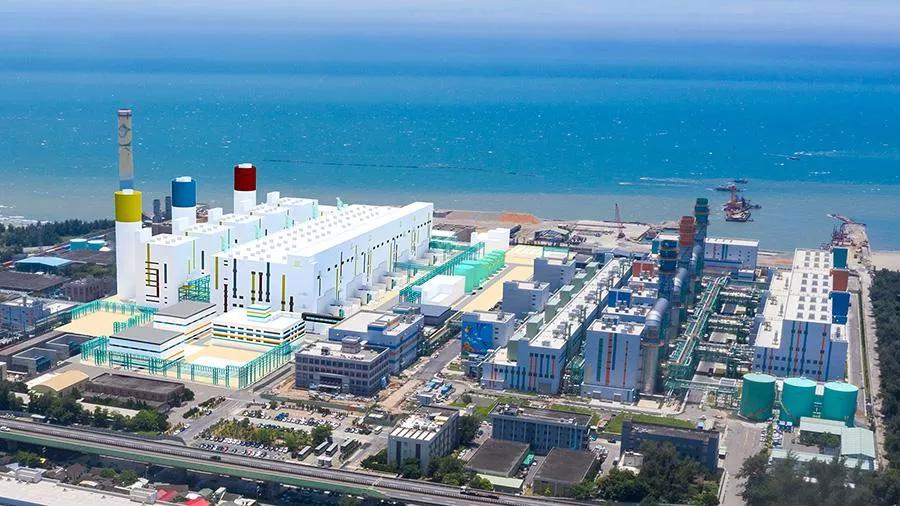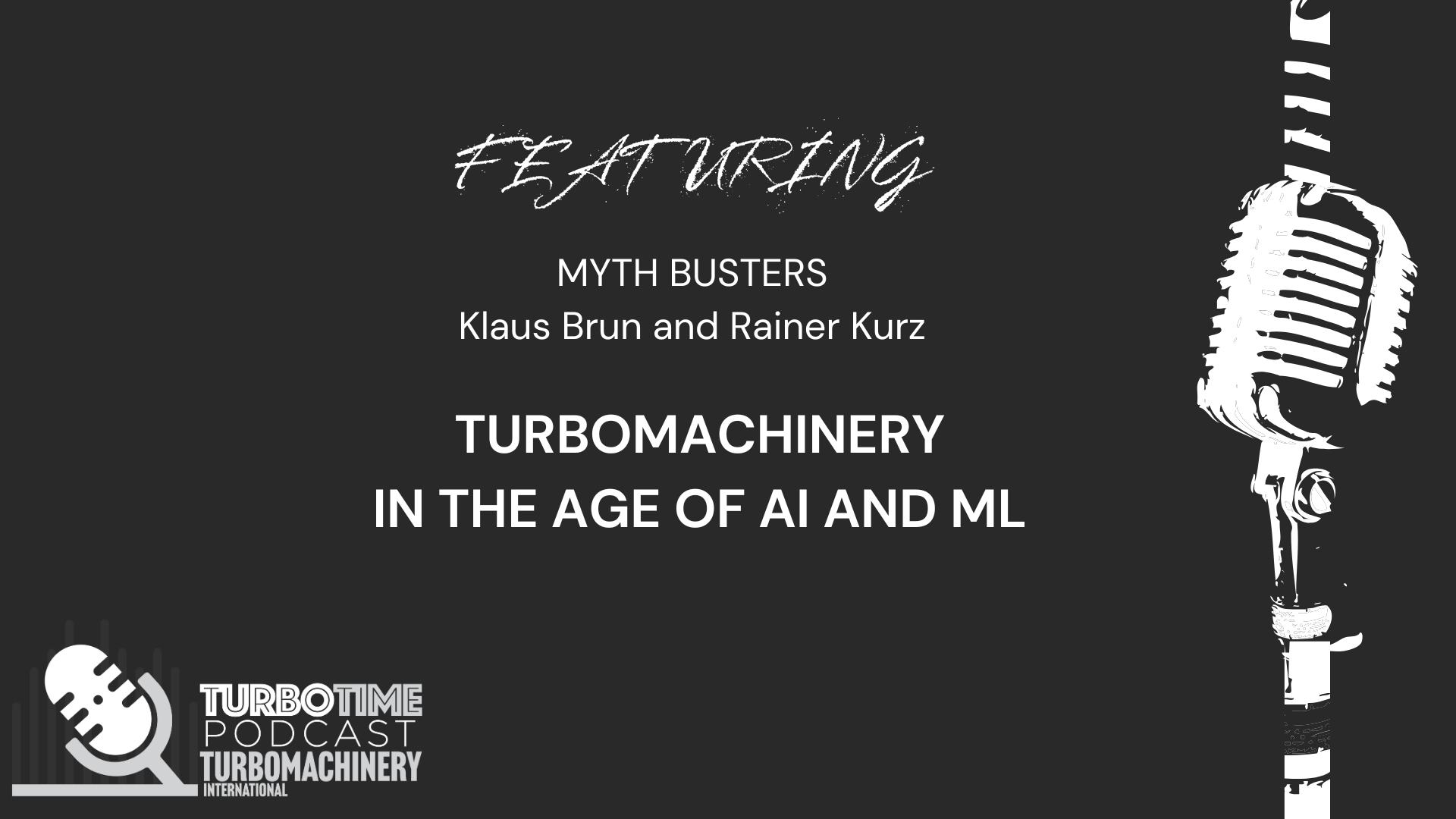Article
The advantages and limitations of propane cycles
Author(s):
After an overview of the compact models and efficiencies of combined cycle plants in the previous article, the application of hydrocarbons in the Organic Rankine Cycle (ORC) and the Cascading Closed Loop Cycle (CCLC) is discussed here.
Innovative combined cycles using propane
Over the years, several combined cycle schemes have been proposed to convert low level gas turbine exhaust heat at 600 to 800 o F to useful work – all without much success. One scheme used Freon as the working fluid. Freon has similar characteristics as propane, but Freon today is a no-no to use (Trunkline Gas Company - 1958). Another used ammonia in an absorption process to capture low level steam heat (Kalina Cycle - 1968).
More recently, propane or some other similar organic hydrocarbon such as propylene or ISO-butane has been applied in the Organic Rankine Cycle (ORC) and the Cascading Closed Loop Cycle (CCLC). Propane, or a similar hydrocarbon, has thermodynamic characteristics such that only 13 to 14 % as much condenser heat rejection is needed per pound of flow to liquefy the gas than for water for boiler pump pressurization (130 BTU/LB verses 1000 for water at 200 psia), but the flow rate for this type of gas is higher. Moreover, propane has different superheat characteristics at the 700 psia level (300 to 700 o F).
Reliable propane turbo expanders up to 25 MW and pumps are commercially available for hermetically sealed electric power generation systems. Air condensers can be used to eliminate the use of water. Such ORC cycles, along with inlet air cooling using propane as the refrigerant, have been used to recover gas turbine exhaust heat and add power for pipeline units to feed incremental power to local grids (Ben Franklin fashion) and to obtain more gas turbine power through lower inlet temperatures. It is a matter of cost; wind turbines and solar power are likewise costly but are filling a need gap where crude oil is sky high. Hopefully, shale gas can become a great energy help for combined cycles.
Application of ‘Inverted Cycle’
With the ORC/CCLC cycles, the gas turbine exhaust gas temperature is lowered to 100 to 150 o F and most of the water of combustion and contaminants can be removed by condensation, whereby an "Inverted Cycle," studied by David Gordon Wilson of MIT, can be applied. A large boiler type induced draft fan is attached to the gas exit to draw the exhaust through the corrosion resistant stainless steel heat recovery unit and pull some 10" to 20" of H2O on the gas turbine exhaust. The extra power produced by the gas turbine by the increased expansion ratio is much greater than the electric power required to drive the fan at its 80 % efficiency level at the reduced temperature and weight flow at the 100 to 150 o F level.
The CCLC, a cascading double expansion system, can also be applied to the standard combined cycle by exhausting the HRSG at a 550 o F level and then by adding the four high end regenerative feed water steam heaters, standard for conventional power plants with air pre-heaters. The temperature of the water exiting the 7th and last heater ranges from 480 to 500 o F to feed the boiler depending upon the HP steam turbine exit to the boiler reheater. The 550 o F HRSG exit temperature will provide a 50 to 60oF approach to the incoming water. The regeneration of steam increases the steam turbine heat to power efficiency from about 40.4 % for three heaters (1995 vintage combined cycle) to 42.7 % for a standard seven heater steam plant.
New approach to the Cascading Closed Loop Cycle
There can be an all new approach for the CCLC where seven new propane heaters can be applied in parallel with the steam turbine seven heaters and corresponding extraction points to heat additional propane and thus add to the flow from the propane gas turbine exhaust heater (HRPvG). The best throttle pressure for propane appears to be about 800 psia for propane and for propylene about 1000 psia. For the new system, the heat to power efficiency of the steam turbine will increase because less steam will go to the condenser and the CCLC will be more efficient than the condensing steam part for this extra propane flow.
Also, far more propane expander power will be produced and larger axial flow expanders with higher expansion efficiencies can be applied. The HRSG would be Bob-tailed, so to speak, with a greatly reduced economizer section to make room for the (HRPvG) heater. This approach seems to be a better solution than trying to back pressure the total steam turbine. Step by step heating is far more efficient.
Heat efficiency of the propane system will be higher than that of the bottom end of the steam cycle. Such a system seems to favor the CCLC cycle by using a cascading expansion (two expanders) to give little if any superheat in the propane exhaust and a higher throttle temperature can be used without superheat being lost to the cycle.
The first CCLC approach produces a low efficiency level of about 21% gross and 17 % net. However, if the propane is heated to higher temperatures and all the heat available is utilized, the efficiencies increase to 30% gross and 24% net.
In the next part of this series, we will discuss the drawbacks of the CCLC system, and how they can be overcome by modifications to the ORC system, and integrating the propane, gas and steam cycles.
Ivan G. Rice was past chairman of the South Texas Section of ASME (1974 - 75), past chairman of the ASME Gas Turbine Division (now IGTI) (1975 - 76). A Life Fellow Member of ASME and Life Member of NSPE/TSPE, he has authored many articles and ASME papers on gas turbines, inter-cooling, reheat, HRSGs, steam cooling and steam injection.
Newsletter
Power your knowledge with the latest in turbine technology, engineering advances, and energy solutions—subscribe to Turbomachinery International today.





